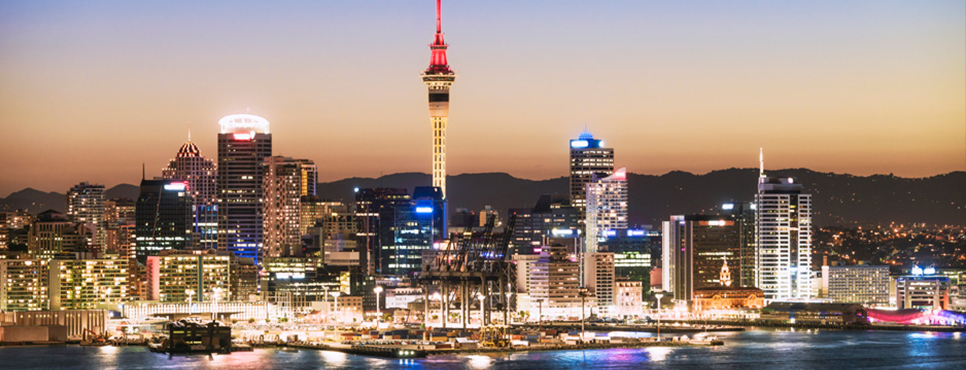Traditions & Culture:
Maori culture is a rich and varied one, and includes traditional and contemporary arts. Traditional arts such as carving, weaving, kapa haka (group performance), whaikorero (oratory) and moko (tattoo) are practiced throughout the country. Practitioners following in the footsteps of their tipuna (ancestors) replicate the techniques used hundreds of years ago, yet also develop exciting new techniques and forms. Today Maori culture also includes art, film, television, poetry, theatre, and hip-hop.
Food:
Māori cuisine was historically derived from that of tropical Polynesia, adapted for New Zealand’s colder climate. Key ingredients included kūmara (sweet potato), fern root, taro, birds and fish. Food was cooked in hāngi (earth ovens) and roasted, and in geothermal areas was boiled or steamed using natural hot springs and pools. Various means of preserving birds and other foods were also employed. Māori were one of the few peoples to have no form of alcoholic beverage.
Safety:
The 2015 Global Peace Index, which compares 162 countries for the risk of personal violence, rates New Zealand as the world’s fourth safest country just after Iceland, Denmark and Austria.
Welfare:
All Education members are signatories to the Code or Practice for the Pastoral Care of International Students. This is a quality assurance document administered by the New Zealand Qualifications Authority (NZQA). Education institutions take this seriously and are committed to providing the best quality care for students. Long before students step off the plane, the education providers are there helping students with learning assistance, affordable accommodation, and ongoing care and support.
Health:
Most international students are not entitled to publicly funded health services while in New Zealand. If you receive medical treatment during your visit, you may be liable for the full costs of that treatment. Full details on entitlements to publicly-funded health services are available through the Ministry of Health, and can be viewed on their website at www.moh.govt.nz
Transport:
Most of New Zealand’s cities are relatively small, so it is easy to get around. Day to day commuting in the city is often by bus, biking or walking. There are good bus networks in the main cities (Auckland, Wellington, Christchurch and Dunedin), plus Auckland and Wellington also have commuter rail and ferries.
Rail, bus, ferries
Intercity rail travel in New Zealand is largely limited to services between Auckland, Wellington, Christchurch and Greymouth. However there are extensive bus services that can take you to just about anywhere you want to go.
Flying
Flying is popular for longer trips, for both personal and business travel.
It’s only an hour to fly between Auckland and Wellington, compared to eight or so hours driving. The Wellington-Christchurch flight is about 50 minutes, compared to a five or six hour driving plus a three hour ferry trip. Of course, if you have time and want to see New Zealand, you may prefer the drive.
